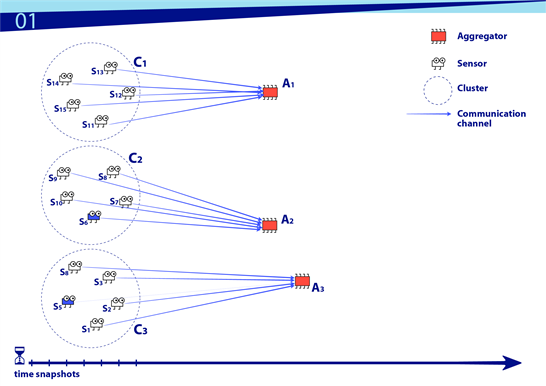- NIST
- Utility Transformations
- Utility Transformations
- Technology Standards
The IoT Gets a Model (and Perhaps the Needed Catalyst for Market Growth)

With little fanfare, the first Internet of Things (IoT) model I am aware of has been published by the National Institute of Standards and Technology (NIST), the folks who set the standards for smart grid interoperability in recent years. This new model is an important step in defining exactly what the IoT is and outlining the necessary security standards that go along with it. Could this be the catalyst needed to help drive the emerging IoT market? It sure doesn’t hurt.
Up until now, there has been a vacuum of standards and uncertainty around the buzzy IoT. The new model, called Network of Things (NoT), was created by Jeff Voas, a NIST computer scientist, and was announced in late July. Voas based the model on a traditional idea of distributed computing. It should be noted that the model uses two acronyms—IoT and NoT—extensively and interchangeably, and the relationship between the two is subtle, according to the published document.
The NoT model features four fundamental elements: sensing, computing, communication, and actuation. The model goes on to describe five primitives, or building blocks, which are:
- Sensor: An electronic utility that measures physical properties such as temperature, acceleration, weight, sound, location, presence, identity, etc.
- Aggregator: A software implementation based on a mathematical function(s) that transforms groups of raw data into intermediate, aggregated data.
- Communication channel: A medium by which data is transmitted (e.g., physical via USB, wireless, wired, verbal, etc.).
- External Utility (eUtility): A software or hardware product or service. The current definition of an eUtility is deliberately broad to allow for unforeseen future services and products that will be incorporated in future types of NoTs yet to be defined.
- Decision trigger: A trigger that creates the final result(s) needed to satisfy the purpose, specification, and requirements of a specific NoT.
The model describes more technical aspects of the IoT/NoT, and anyone who is working on the engineering end of this trend should study the details. To the less technical, the model might appear too abstract. Nonetheless, having some basic building blocks delineated does everyone a service by establishing standards that can be employed, particularly for security and interoperability reasons.
NoT Model Primitives

The NIST model is a strong first step in creating an easy-to-grasp IoT framework. It might appear simple at first to some, but it also has a certain elegance in that simplicity. Given its lack of complexity or specificity, it is more likely to gain wider acceptance for further development by stakeholders, since it sets a relatively clean starting point on which to iterate as the technologies and market mature. In fact, Voas encourages others to build upon his foundational model, even as he and his colleagues continue to explore reliability and security issues going forward. Members of the Guidehouse Insights team will join industry experts from Silver Spring Networks and Lynxspring to explore key facets of emerging IoT technologies and the security and interoperability issues surrounding the IoT market in an upcoming webinar.